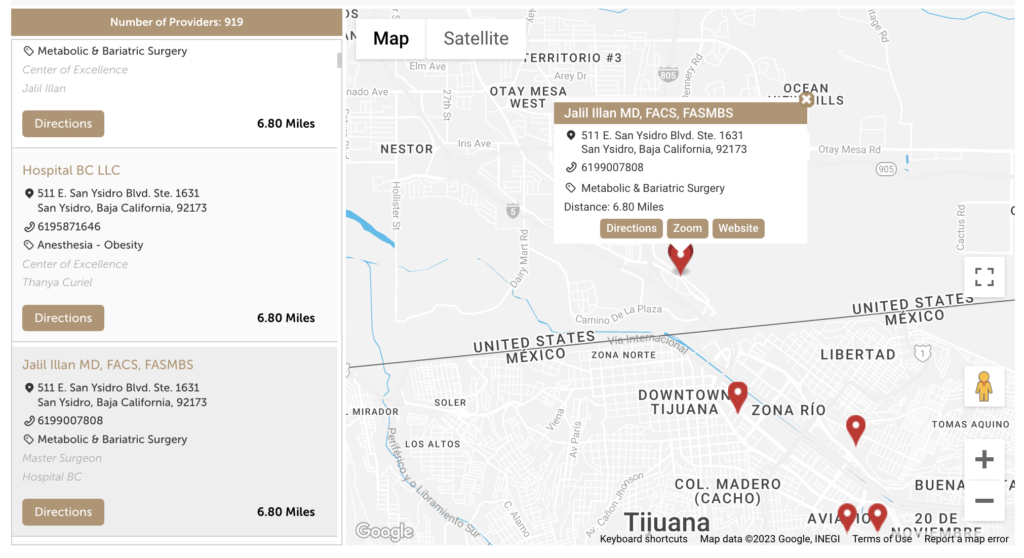Getting gastric sleeve surgery is a big decision for many reasons. First off, the cost of gastric sleeve surgery is significant. It can set you back the price of a new car, and spending that kind of money on anything is not something to take lightly. Second, the recovery time.
How Long Does Gastric Sleeve Recovery Take?
After getting gastric sleeve surgery, you’re going to be in the hospital for at least one night for monitoring. If there are complications, you may need a couple days or more. After you go home, you’re instructed to stay away from strenuous activity for 4 to 6 weeks, depending on your doctor’s recommendations.
You’ll be asked to take at least two weeks off work for surgery recovery.
What Do I Do During Gastric Sleeve Recovery?
During recovery, you’ll be instructed to do very little by way of exercise. You’ll be able to walk and drive, but you won’t be able to lift heavy amounts of weight or do any running for a few weeks.
Your doctor will be checking up on you post-op. This is to prevent any issues arising as a result of the surgery.
What Do I Eat After Gastric Sleeve Surgery?
The post-op diet comes in many different stages. The first stage is the clear liquids diet, which lasts for a few days post-op. You’ll only be drinking water and clear broth for nutrients, and it’ll essentially be a liquid fast.
The second stage is pureed foods. This stage will last a few weeks and will be the first step to reintroducing food into the diet. You should invest in a blender or liquidizer before surgery so that you have the ability to puree foods.
Not all foods can be pureed and eaten this way, though. Some foods with husks or a lot of fiber will be avoided due to the stomach’s new digestion patterns.
The third stage will be soft foods. Foods like mashed potatoes and scrambled eggs will be allowed back into the diet. These foods are added back in because soft foods are easier for the stomach to digest. Your surgeon will give you a comprehensive list of foods after surgery.
The fourth and final stage is a slow reintroduction of old foods. You will still be asked to avoid certain foods, and this diet will continue to be heavily calorie restricted. However, if done right, you’ll be able to eat small quantities of a lot of different tasty food while rapidly losing excess weight.
Reintroducing food will be a lot of trial and error. Eating will sometimes be painful, and some foods will be rejected outright. This process of reintroducing food is key to developing a more healthy relationship with food, and not falling back into old eating habits that caused the obesity in the first place.






